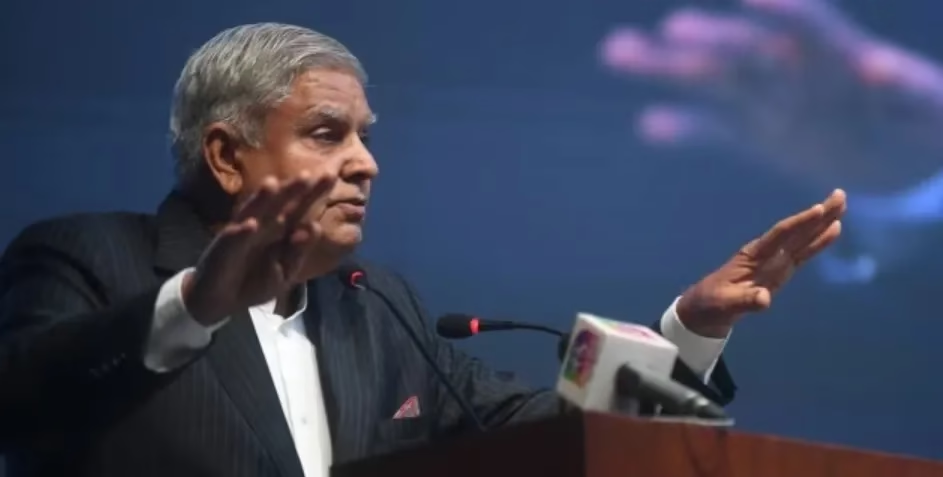In the event of Opposition’s Notice for Impeachment of Vice-President, let’s understand the process of impeachment of vice-president.

The Process of Impeachment of Vice-President
According to 67(b), “a Vice-President may be removed from his office by a resolution of the Council of States passed by the majority of all the then members of the Council and agreed to by the House of the People; but no resolution for the purpose of this clause shall be moved unless at least fourteen days’ notice has been given of the intention to move the resolution.”
Article 67 of the Constitution says that the Vice-President may be removed from office with a resolution passed by a majority of members in the Rajya Sabha. The House of the People or the Lok Sabha has to agree to the resolution as well.
While there is no precedence of a no-confidence or impeachment resolution being moved against the Rajya Sabha Chairman, the Opposition had in 2020 submitted a no-confidence resolution against Rajya Sabha Deputy Chairman Harivansh.
As per Article 90 of the Constitution, which deals with “Vacation and resignation of, and removal from, the office of Deputy Chairman”, a member holding office as Deputy Chairman of the Rajya Sabha may be removed from his office by a resolution of the Rajya Sabha passed by a majority of all the then members of the Rajya Sabha.
The resolution can be moved only when at least fourteen days’ notice has been given of the intention of moving”.
Do You Know
Article 63 of the Constitution states that “there shall be a Vice-President of India”. Under Article 64, the Vice President “shall be ex officio Chairman of the Council of the States” (Rajya Sabha).
The Vice President holds the nation’s second-highest office. In the official warrant of precedence, he is given a rank next to the President. The design of this position is based on the American vice president.
Article 65 says that “in the event of the occurrence of any vacancy in the office of the President by reason of his death, resignation or removal, or otherwise, the Vice-President shall act as President until the date on which a new President…enters upon his office”.
The Vice-President shall also discharge the functions of the President when the latter is unable to do so “owing to absence, illness or any other cause”.
Article 66 lays down the process of the election of the Vice-President.
The Vice-President serves a term of five years from the date he assumes office. However, he may resign at any time by submitting a resignation letter to the President. He can also be removed from office before the completion of his term without the need for a formal impeachment process.
Removal requires a resolution passed by the Rajya Sabha with an absolute majority (a majority of the total members of the House) and approved by the Lok Sabha. Such a resolution can only be moved after providing at least 14 days’ prior notice. Importantly, the Constitution does not specify any grounds for the Vice-President’s removal.
Consider the following statements: (2013)
1. The Chairman and the Deputy Chairman of the Rajya Sabha are not the members of that House.
2. While the nominated members of the two Houses of the Parliament have no voting right in the presidential election, they have the right to vote in the election of the Vice President.
Which of the statements given above is/are correct?
(a) 1 only
(b) 2 only
(c) Both 1 and 2
(d) Neither 1 nor 2
Consider the following statements: (2013)
1. The Chairman and the Deputy Chairman of the Rajya Sabha are not the members of that House.
2. While the nominated members of the two Houses of the Parliament have no voting right in the presidential election, they have the right to vote in the election of the Vice President.
Which of the statements given above is/are correct?
(a) 1 only
(b) 2 only
(c) Both 1 and 2
(d) Neither 1 nor 2
